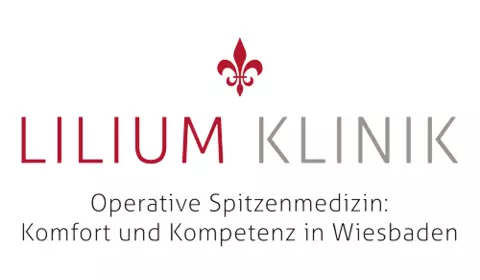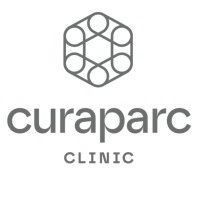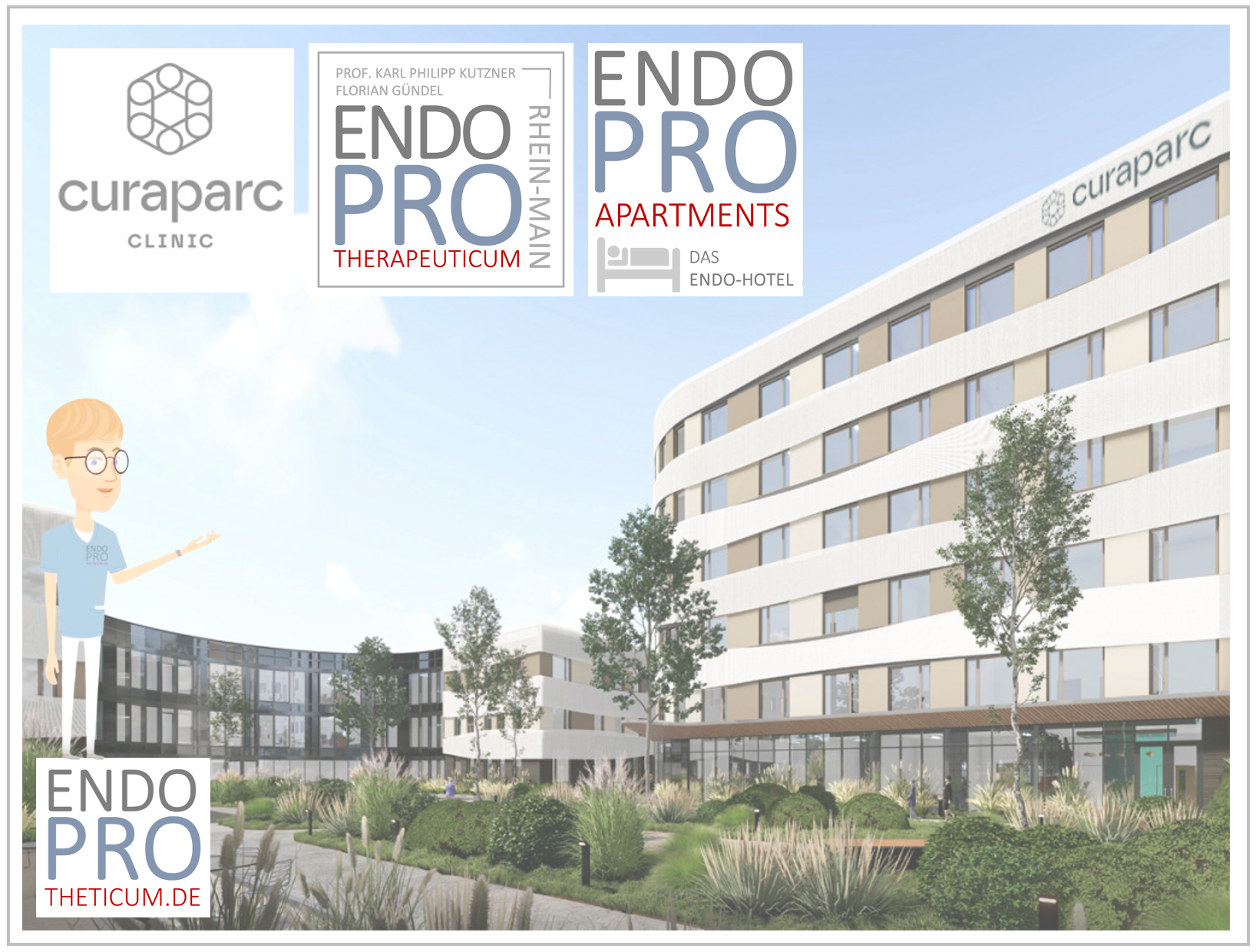Why short-stem prostheses can be an excellent choice for patients with femoral head necrosis
Calcar-guided short-stem prostheses for femoral head necrosis

Femoral head necrosis, also called avascular necrosis of the femoral head, is a serious condition in which the bone tissue in the femoral head dies due to insufficient blood supply. This leads to significant pain and limited mobility, which may ultimately require a hip replacement. A modern and promising solution for patients with femoral head necrosis is the use of short-stem prostheses. In this blog, we will examine in detail the benefits and suitability of short-stem prostheses in the treatment of femoral head necrosis.
What is a short stem prosthesis?
Short-shaft prostheses are special hip implants that are characterized by their shortened shaft. In contrast to traditional hip prostheses, which have a long shaft, short-stem prostheses are less invasive and require less bone for anchoring. This offers several advantages, especially for younger and more active patients.
Advantages of the short-shaft prosthesis for necrosis of the femoral head
Bone sparing
A key advantage of the short-shaft prosthesis is the significant bone preservation. Because the prosthesis only has a short shaft, less bone material is removed from the thigh. This is particularly beneficial for younger patients or those who may need a revision in the future. Preserving bone material can make future surgeries easier and improve overall results.
More natural movement pattern
The shorter stem length and design of short stem prostheses help to allow for a more natural movement pattern. This leads to improved proprioception and mobility. Patients often report a more natural feeling in the hip joint and a quicker return to normal activities.
Minimal invasiveness
Short-stem prostheses can often be implanted using minimally invasive surgical techniques. This reduces trauma for the patient, leading to shorter operation times and faster recovery periods. The less tissue damage also means less postoperative pain and faster rehabilitation.
Lower risk of complications
The use of short-stem prostheses can reduce the risk of complications such as a periprosthetic fracture. These fractures are more common with traditional long-stem prostheses, particularly in older patients or those with poor bone stock. Short-stem prostheses offer more stable anchoring and more even load distribution.
Suitability of the short-shaft prosthesis for different patient groups
Younger patients
Younger patients with femoral head necrosis particularly benefit from short-shaft prostheses. The ability to save bone material is invaluable for future revisions. In addition, faster rehabilitation enables a quick return to an active lifestyle.
Elderly patients
Older patients can also benefit from the advantages of short-shaft prostheses. The minimally invasive technique and reduced surgical trauma result in faster recovery and fewer postoperative complications. This can significantly improve the overall quality of life.
Patients with poor bone structure
If in doubt, patients whose bone substance is already impaired should receive a cemented implant. Cemented short shafts or standard shafts are available.
Case studies and clinical studies
Numerous clinical studies and case studies have confirmed the effectiveness and safety of short-stem prostheses for femoral head necrosis. One study reported a high satisfaction rate among patients who underwent short-stem prosthesis. Most patients were able to return to normal activities within a few weeks after surgery.
Another example is a long-term study that showed that short-stem prostheses not only enable a quick recovery, but also provide a long-lasting solution. The 10-year survival rate of the prostheses was comparable to that of conventional straight-stem prostheses, but with significantly fewer complications and revisions.
Preparation and aftercare
A successful operation with a short-stem prosthesis begins with thorough preparation. Patients should be fully informed about the procedure, expected results, and necessary postoperative measures. Targeted prehabilitation, strengthening the muscles and optimizing the general physical condition, can have a positive effect on the healing process.
After surgery, structured rehabilitation is crucial. Physiotherapy helps improve mobility and strengthen muscles. Regular follow-up examinations ensure that the prosthesis functions correctly and any complications are identified early.
Conclusion
Short-stem prostheses can be an excellent choice for patients with femoral head necrosis. Their advantages in bone preservation, natural movement pattern, minimal invasiveness and lower risk of complications make them an attractive option for both younger and older patients. With the right preparation and follow-up measures, patients can expect a significant improvement in their quality of life and a quick return to normal activities. The surgeon's experience with short-shaft prostheses is the key success factor.
MAKE AN APPOINTMENT?
You are welcome to make an appointment either by phone or online .



























